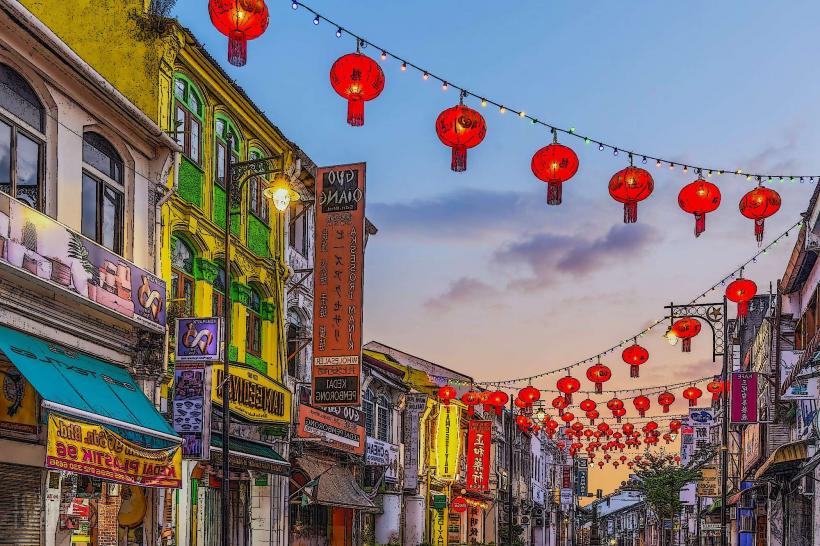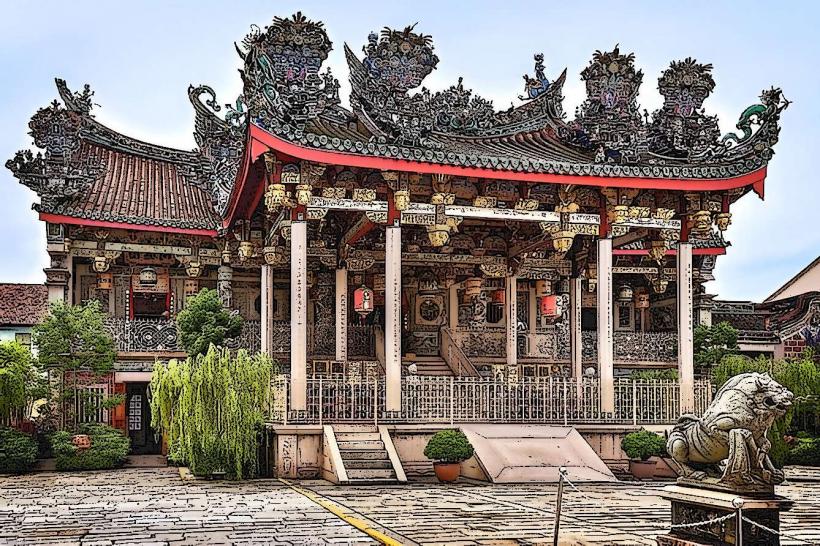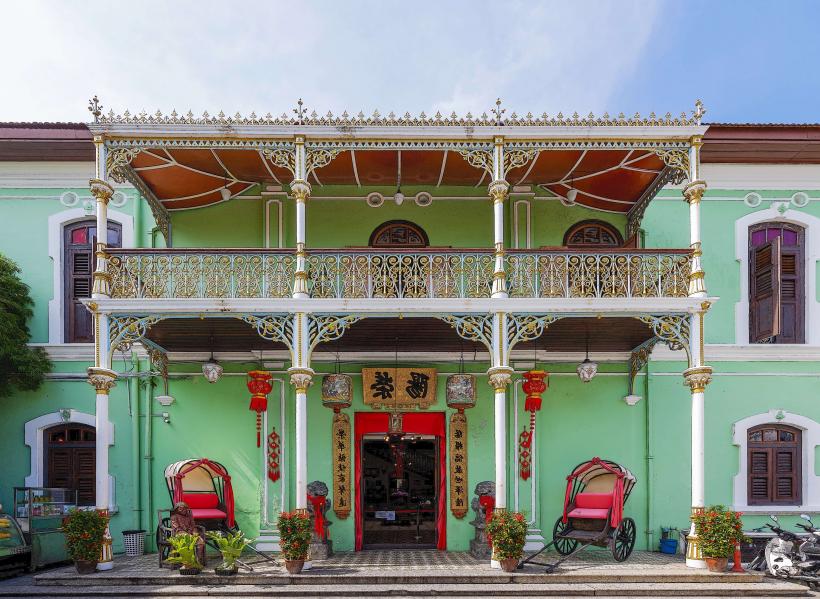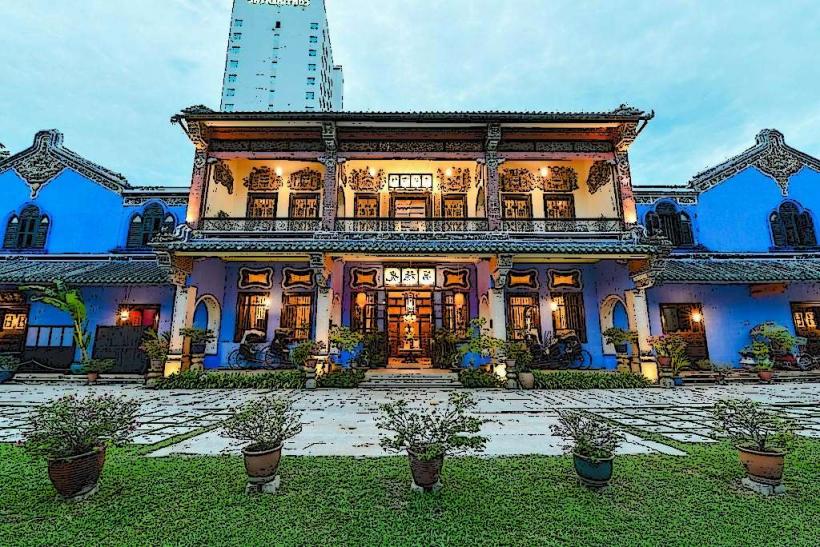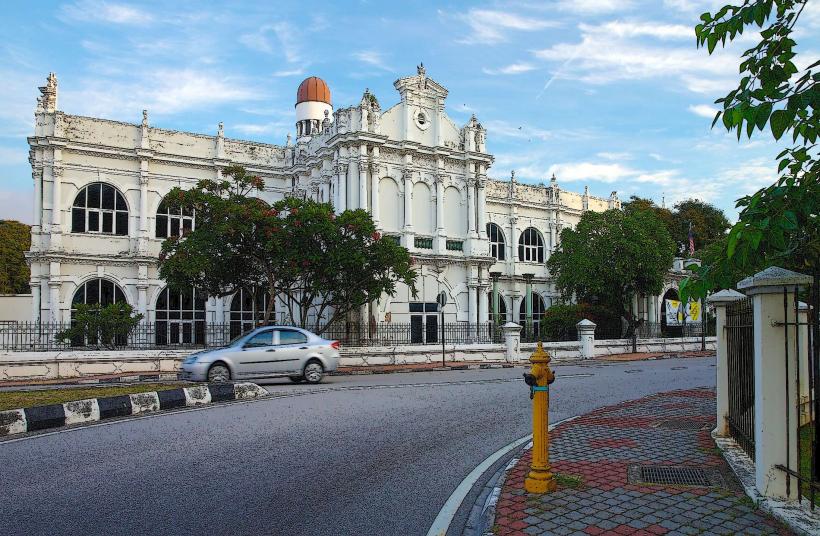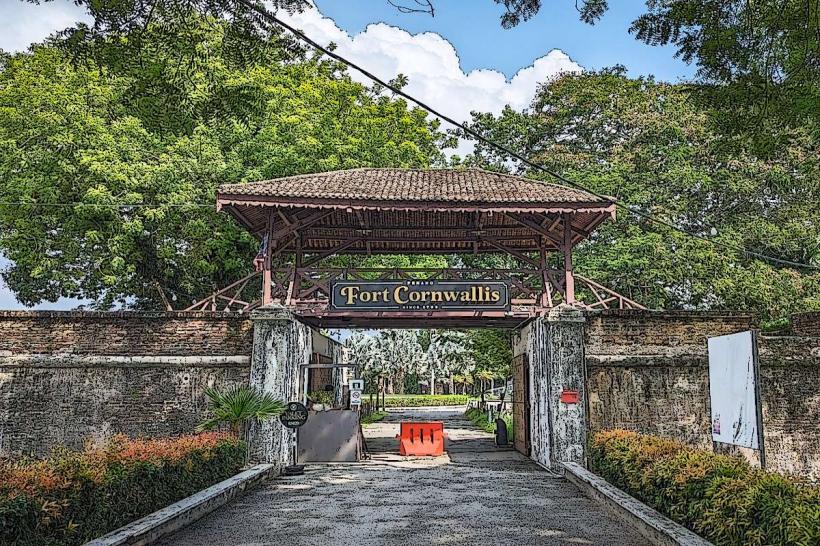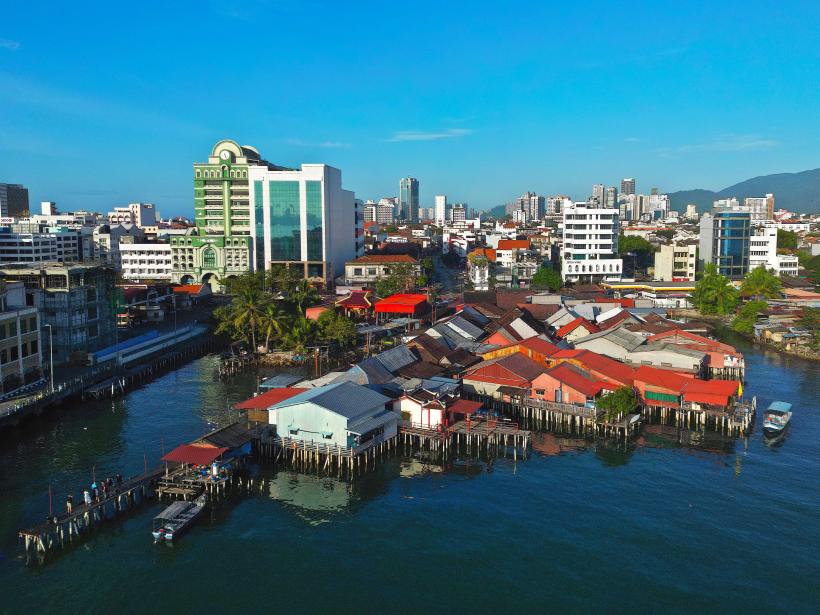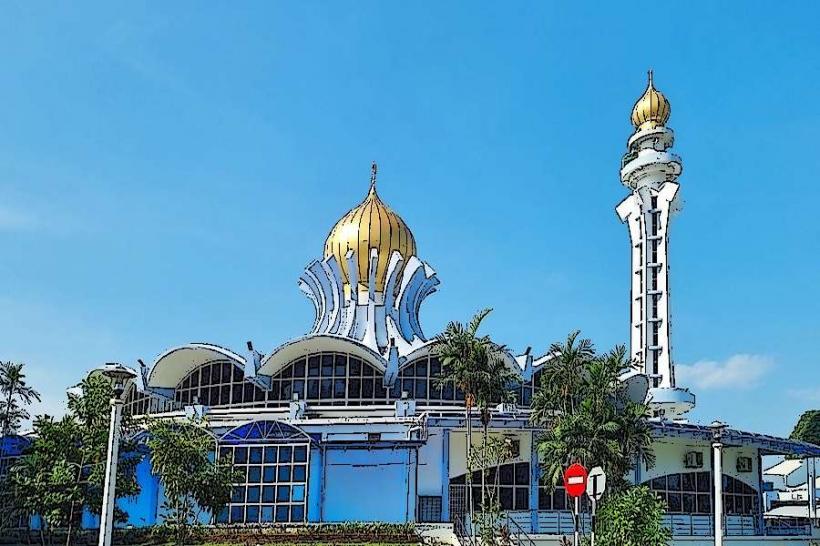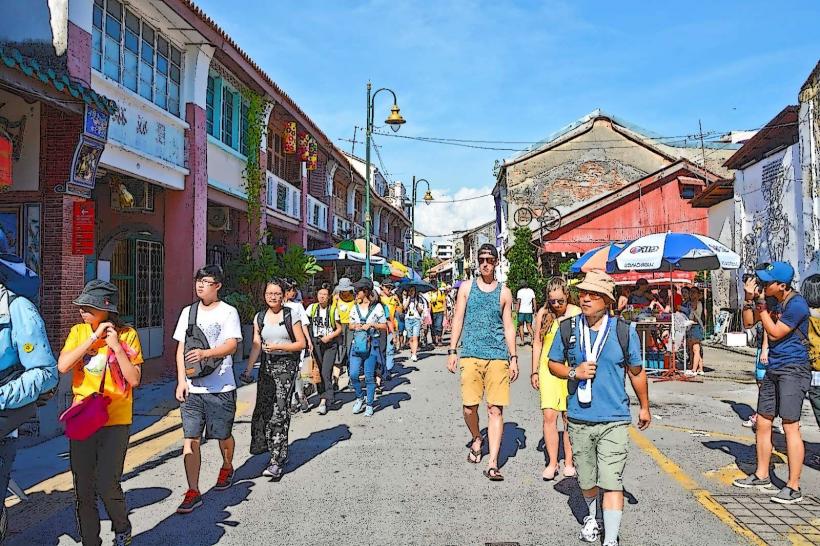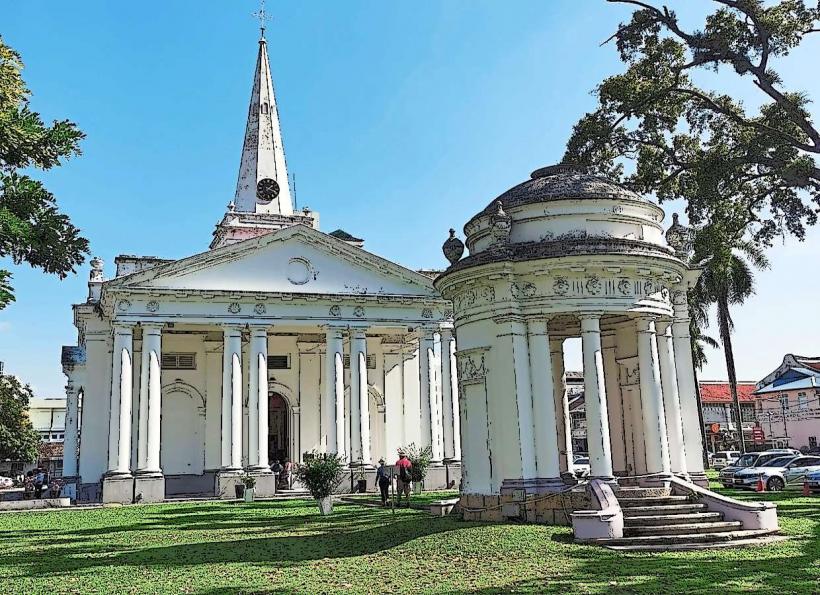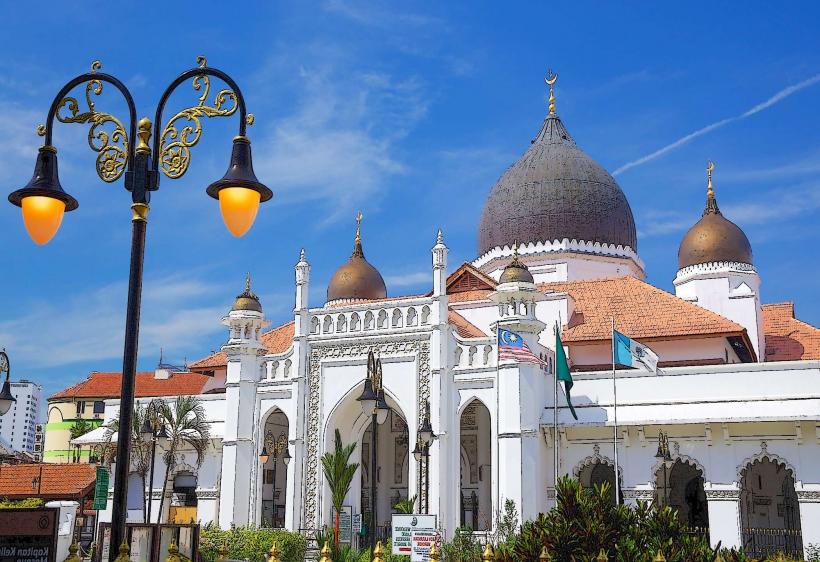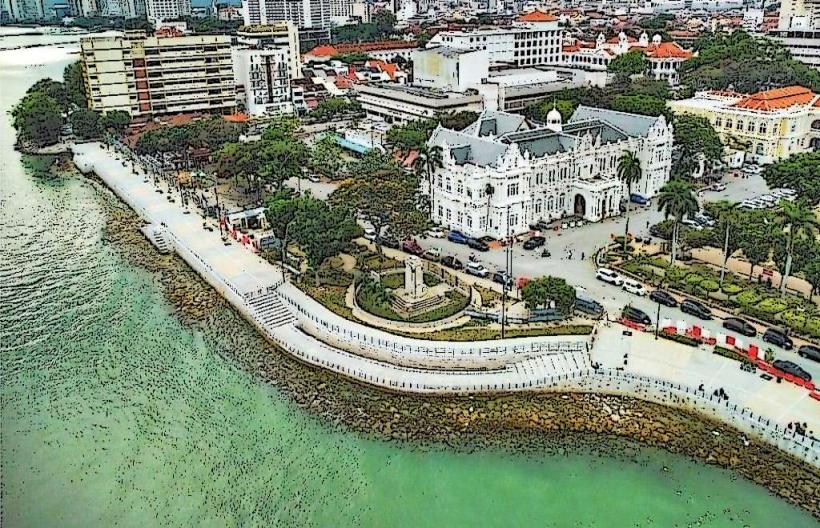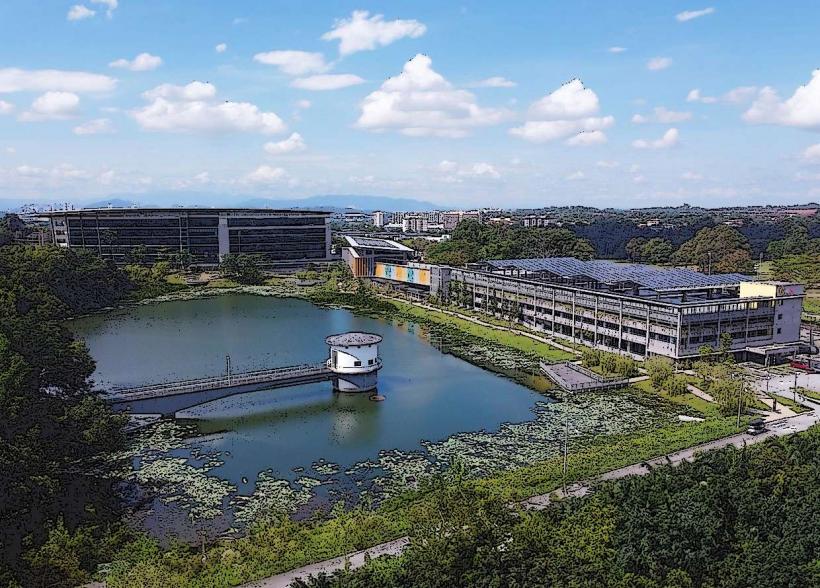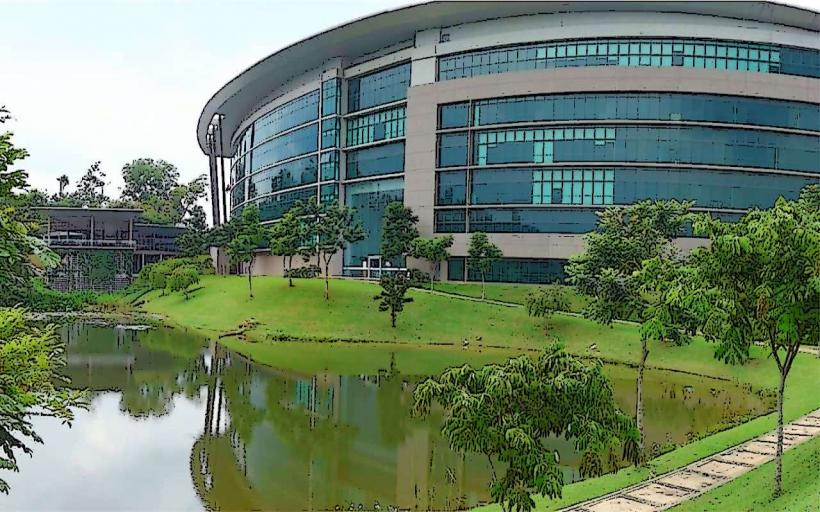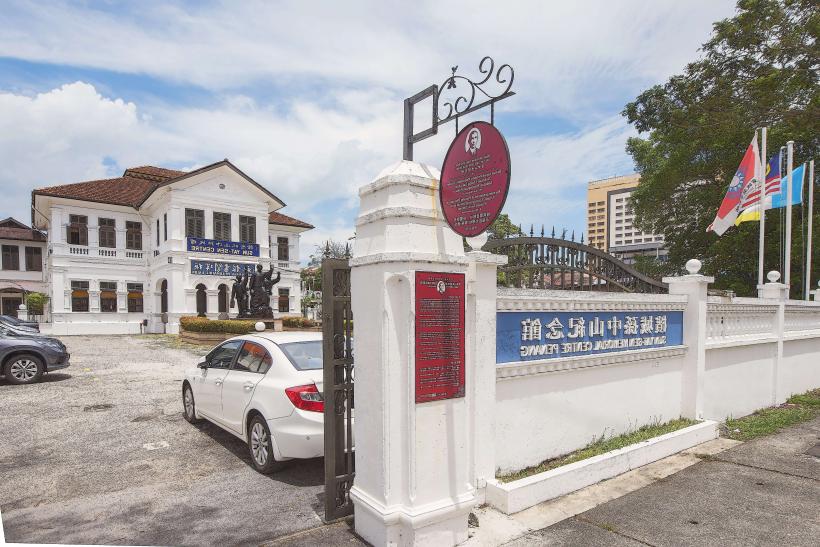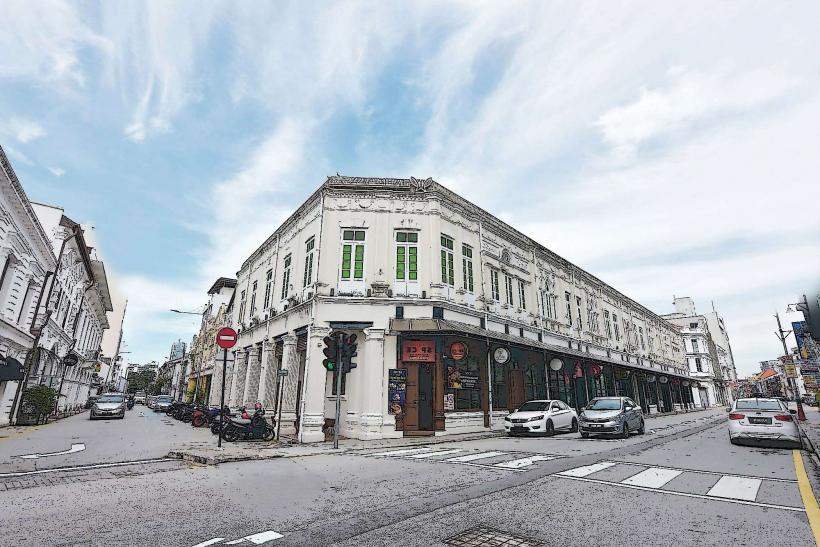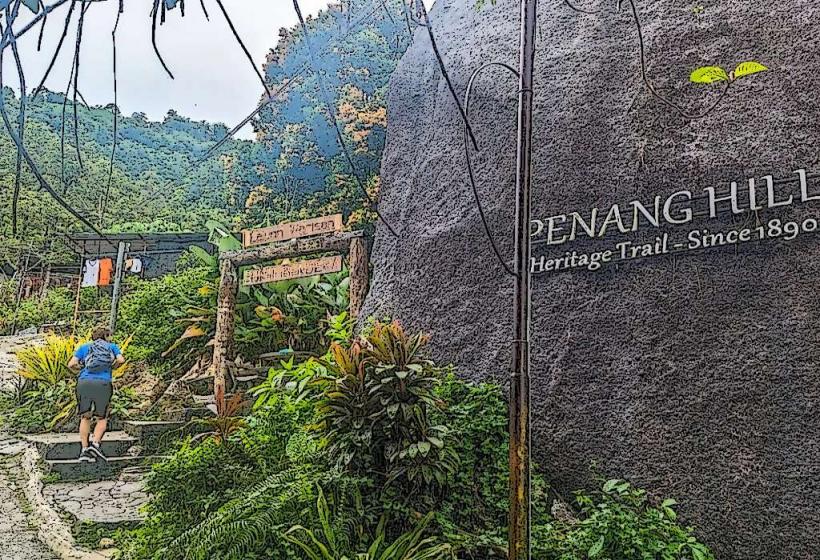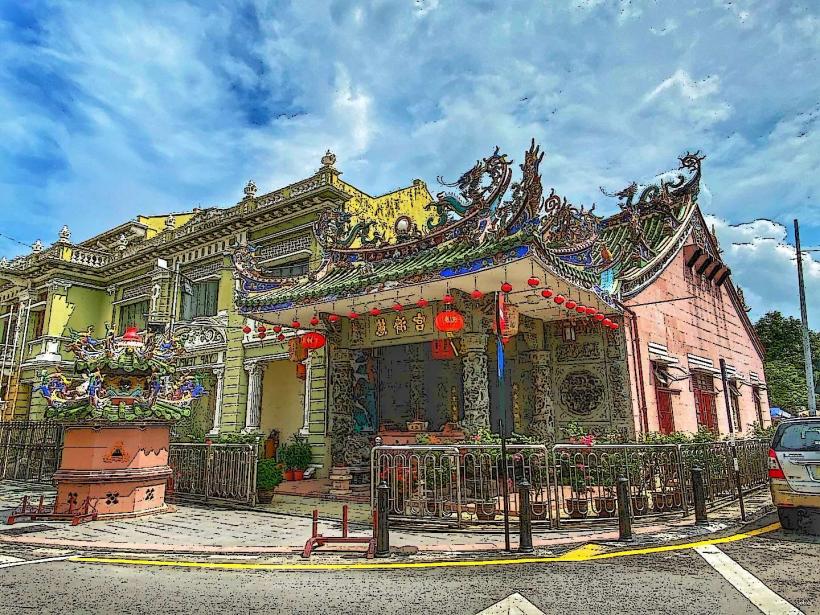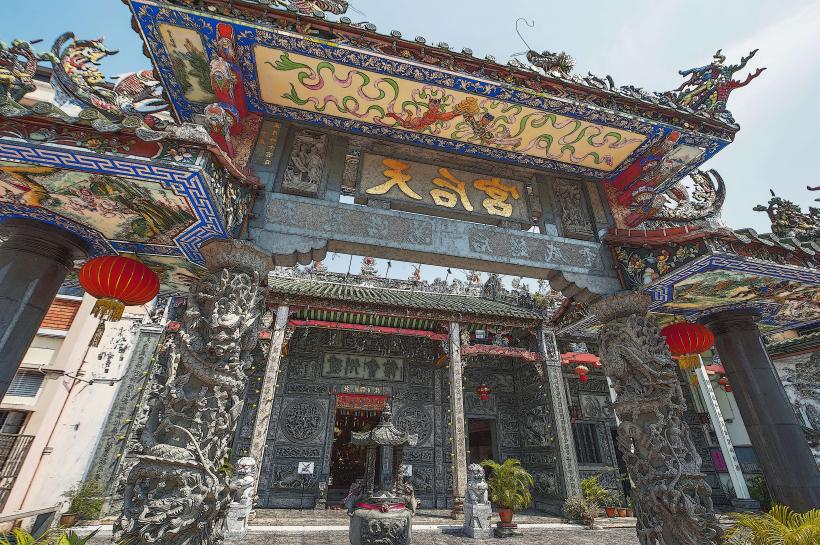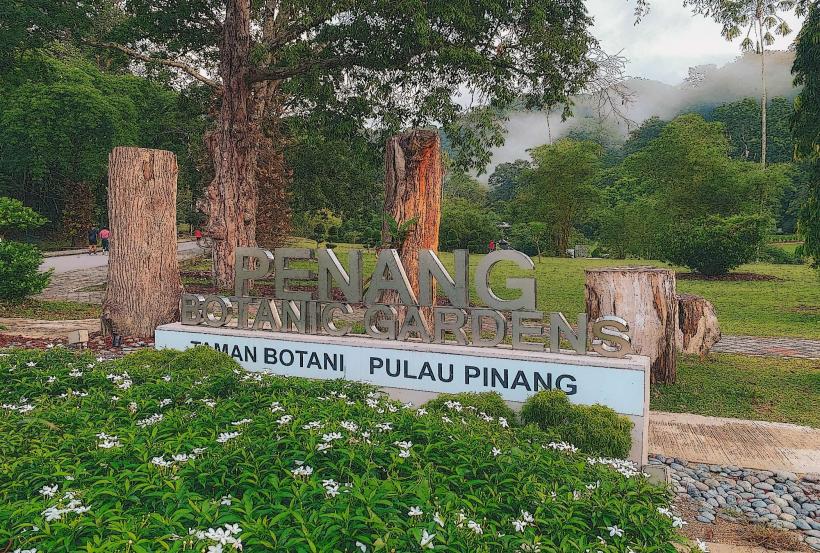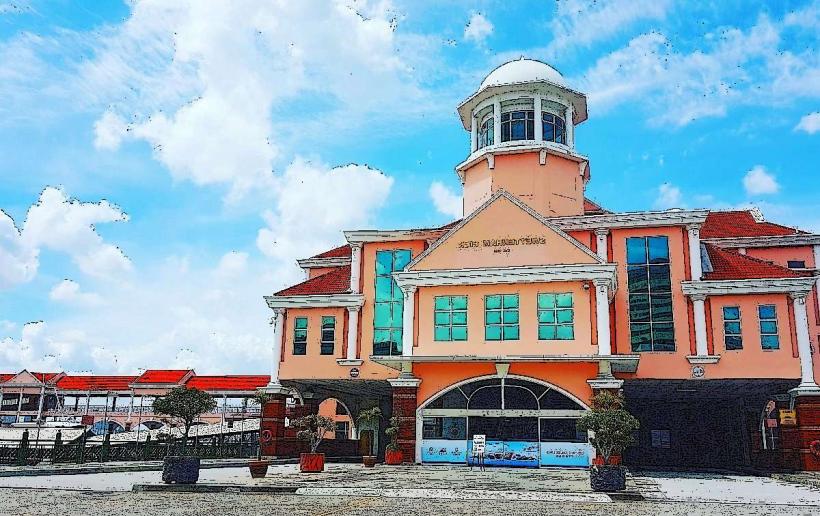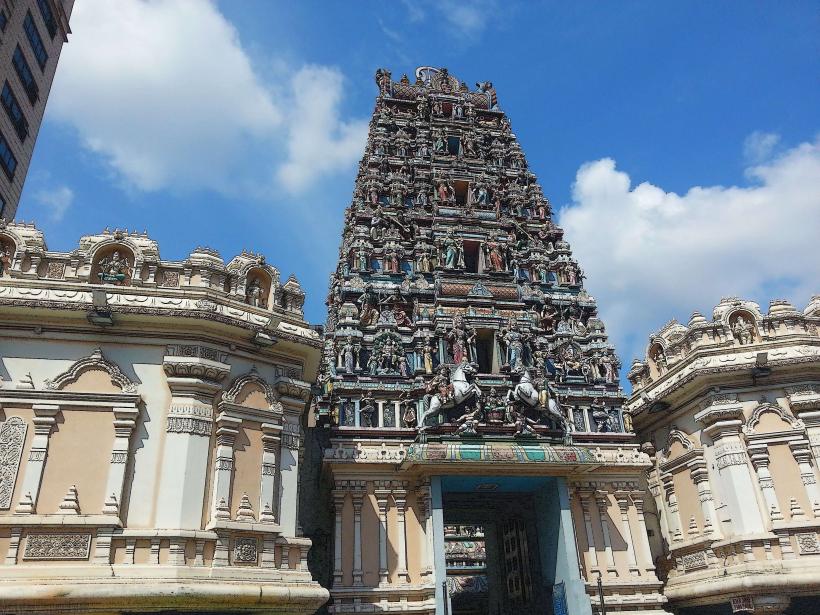Information
Landmark: Street Art in George TownCity: George Town
Country: Malaysia
Continent: Asia
Street art in George Town, Penang, Malaysia, has become a major draw for both locals and tourists alike, transforming the city into an open-air art gallery. George Town’s vibrant street art scene emerged alongside the city’s designation as a UNESCO World Heritage Site in 2008. The street art here is not only visually striking but also serves as a reflection of the city’s rich history, culture, and diverse heritage.
1. Overview of George Town Street Art
The street art in George Town is a fusion of traditional and contemporary styles, encompassing various media and techniques. The city’s old streets and historic buildings serve as a canvas for artists from Malaysia and around the world.
UNESCO World Heritage Recognition: The recognition of George Town as a UNESCO World Heritage Site helped bring attention to the city’s artistic and historical significance. This led to a surge in street art, as local and international artists began to use the city’s historic buildings as their canvas.
Fusion of Cultures: The street art in George Town showcases the fusion of various cultural influences—Malay, Chinese, Indian, and Western—which reflect the city’s diverse community. This multicultural blend is a key feature of the artwork.
2. Key Features of George Town’s Street Art
1. 3D Street Art and Murals
One of the most notable aspects of George Town’s street art is the 3D murals that give the appearance of being interactive. These murals often depict scenes from everyday life in Penang, such as local street vendors, children playing, and historical moments.
Ernest Zacharevic is one of the most famous artists associated with George Town's street art scene. He is known for his playful and interactive murals, where viewers are encouraged to engage with the art. His murals often feature children, animals, and local people in playful, whimsical scenes.
2. Traditional and Cultural Themes
- Many murals in George Town reflect the city’s multicultural heritage, celebrating the diverse cultures and ethnicities that have shaped the city over centuries.
- Chinese themes such as dragon murals and ancient Chinese figures are common, along with imagery of traditional markets and customs.
- Malay and Indian cultural elements also make appearances in the form of textiles, patterns, and festivals.
- Geometric designs, vibrant colors, and references to Penang’s local folklore are also often integrated into the artwork.
3. Wall Sculptures
Street sculpture is another unique aspect of George Town's street art. Local artist Liu Kang created some of the more notable sculptures in the city, which are integrated into the architecture of George Town.
A famous example is "Children on a Bicycle", a metal sculpture that captures the essence of local life. The metal street sculptures have added another layer of artistic diversity to the city’s art scene.
3. Notable Areas and Murals
1. Armenian Street
Armenian Street is considered the heart of George Town’s street art scene. This vibrant street is lined with murals, some of which are painted directly onto the walls of historical buildings. It features large-scale works that celebrate Penang’s culture, such as the mural of “Boy on a Bicycle” by Ernest Zacharevic and the “Children Playing Kite” mural.
The street is also home to art galleries, cafes, and shops, creating a lively atmosphere for those exploring the art and culture of the area.
2. Cannon Street
- Cannon Street is another area rich in murals, with a strong emphasis on historical themes. Murals here reflect the British colonial influence on the city, depicting scenes of Penang’s port and colonial architecture.
3. Chew Jetty
- The Chew Jetty, a UNESCO heritage site, is also a place where street art and traditional wooden houses meet. Artists have used the walls of these wooden homes to paint murals reflecting the life of the jetty communities and their maritime heritage.
4. Little India
- In Little India, the Indian influence is evident in the street art, with murals celebrating Indian festivals, local culture, and traditional attire. Here, murals feature vibrant floral patterns, elephants, and deities that celebrate Indian heritage.
5. Chulia Street
- Chulia Street is home to some of the most famous and colorful street art in George Town. Ernest Zacharevic’s mural of a young boy sitting on a bicycle and another of a boy with a cat are popular spots for photography.
4. Famous Artists and Art Projects
1. Ernest Zacharevic
The Lithuanian artist Ernest Zacharevic is perhaps the most internationally recognized figure associated with George Town’s street art scene. His murals often feature playful, interactive designs, where passersby are invited to become part of the artwork.
Famous works:
- “Children on a Bicycle”
- “Little Children on a Bicycle”
- “The Boy and the Cat”
2. Louis Gan
- Louis Gan is a Malaysian street artist known for his abstract and symbolic works. His bold and conceptual murals have added an exciting dimension to George Town's street art, often exploring themes of society, individuality, and modern culture.
3. Goldmarc
- Goldmarc is a local artist who focuses on portraiture and sculptural street art. His works often involve cut-out metal art and collages, blending traditional and contemporary artistic styles.
4. The UNESCO Heritage Art Project
- This public art project in George Town focuses on bringing together local and international artists to create murals that reflect the cultural identity and historical significance of the city. This project has helped to cement George Town’s status as an open-air art gallery.
5. Street Art as a Cultural Identity
Street art in George Town serves as a visual representation of the city’s evolving identity. The art reflects the historical, cultural, and social fabric of Penang and provides a platform for artists to engage with the local community. The interactive nature of much of the art encourages dialogue and participation, making it more than just a display of artistic talent but a living, evolving cultural project.
1. Revitalizing George Town
- The rise of street art in George Town has contributed significantly to the revitalization of the city’s heritage areas, bringing new life to the historic streets and attracting a younger, global audience of visitors.
2. A Reflection of Local Life
- Many murals celebrate Penang’s daily life, from street vendors to local children, capturing the spirit and authenticity of the city in the 21st century. These artworks offer an emotional connection to the local culture and traditions of George Town.
6. Best Time to Visit and Explore
- Best Time to Visit: The best time to explore George Town’s street art is early morning or late afternoon, when the lighting is ideal for photographs and the streets are less crowded.
- Walking Tours: Many visitors choose to take walking tours to explore the street art in more detail. Local guides often provide historical context for the art, adding a deeper layer of understanding to the experience.
7. Conclusion
Street art in George Town is not just about aesthetic beauty—it is a powerful expression of the city’s history, culture, and community. The murals, sculptures, and installations scattered across the streets create a dynamic, living artwork that invites interaction and reflection. As George Town continues to evolve, its street art scene remains an integral part of the city's cultural heritage and an exciting attraction for visitors from around the world.

